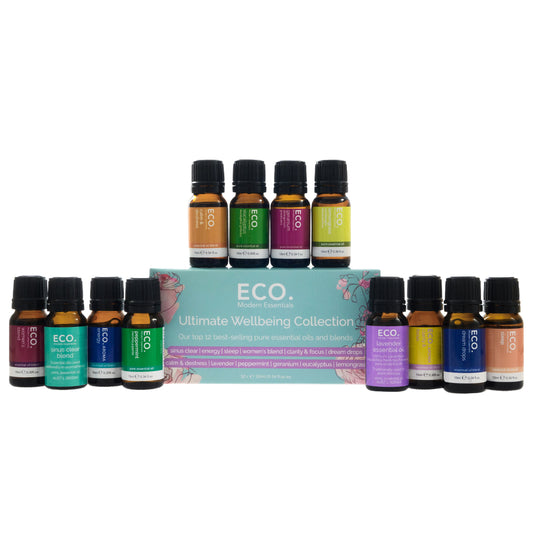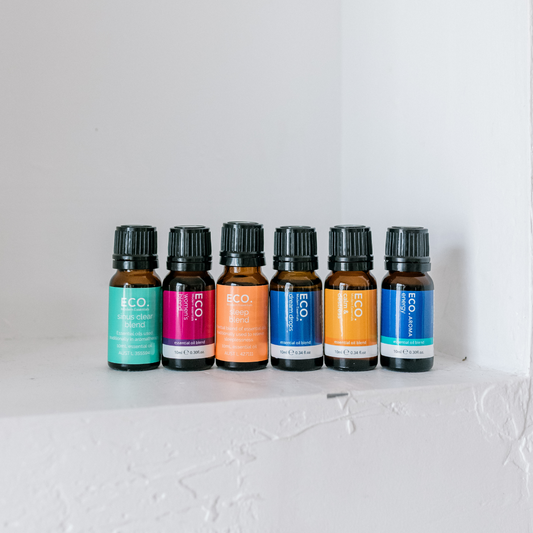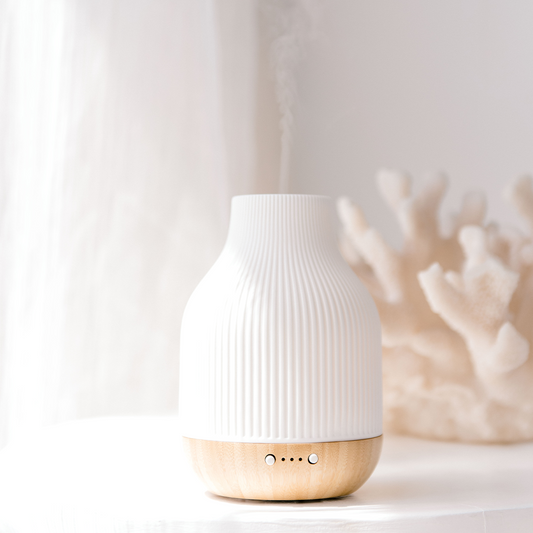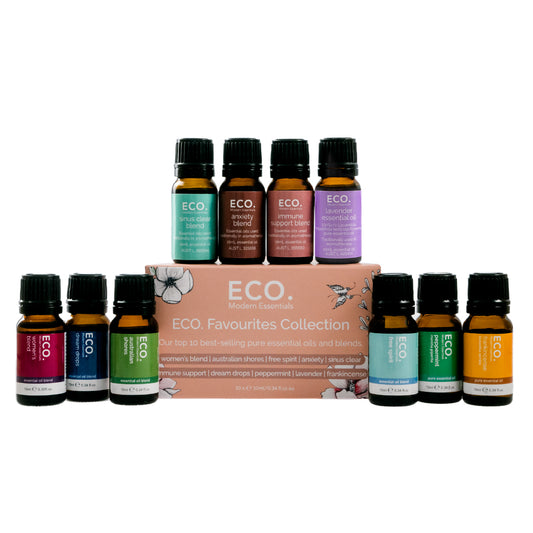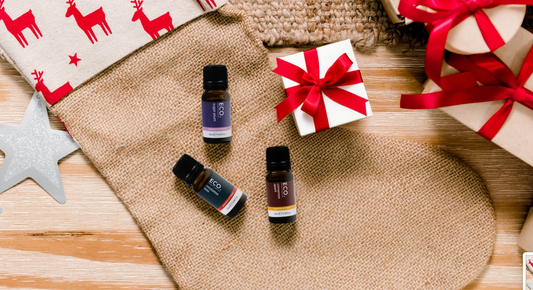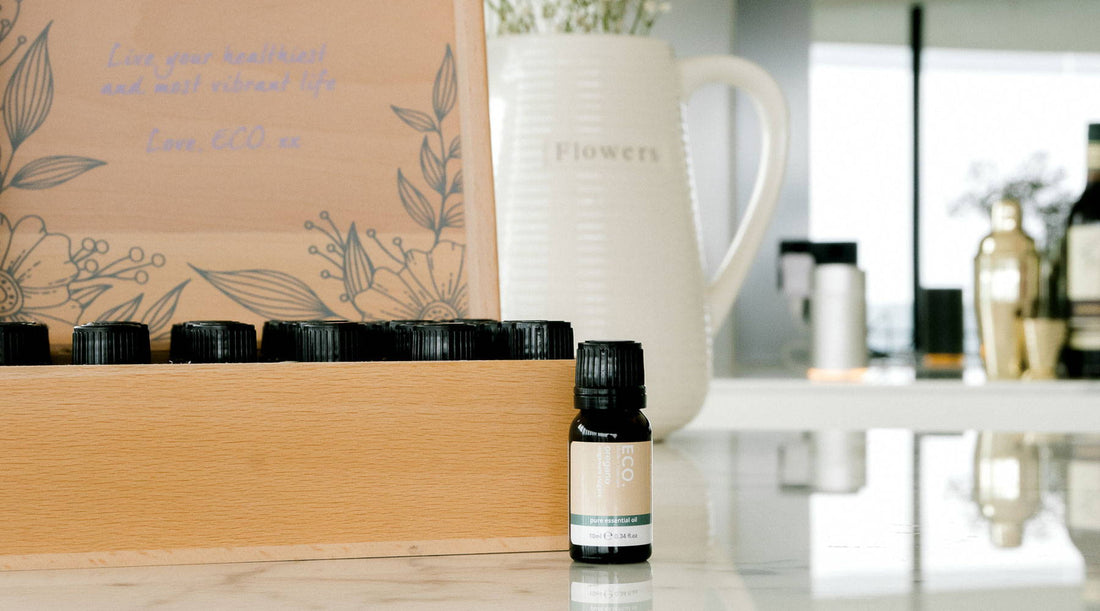
Benefits & Uses of Oregano Essential Oil
Oregano belongs to the lamiaceae family along with many other popular plants such as mint, marjoram, lavender, sage, and catnip for our purring friends. Sweet Marjoram (Origanum majorana) and Oregano (Origanum vulgare) have similar botanical names but are quite different oils so it is always worth double checking the botanical name on the label. Oregano has a long history of promoting health and making food taste delicious. Today, Oregano essential oil represents the pharmacological and therapeutic potential of plants. Researchers are interested in many medical plants due to the increase of:
- treatment resistant bugs,
- unhealthy farming practises and
- changing needs in food preservation.
Oregano essential oil has been extensively studied and may be used in these industries as an alternative to antibiotics and other antimicrobials. The powerful benefits are due to the chemical composition of the essential oil. The prized compounds are thymol and cavacrol. Thyme essential oil is also rich in thymol and cavacrol. Research suggests that thymol has antibacterial, antifungal, anti-inflammatory and antioxidant properties. Cavacrol is a type of phenol that shows high levels of antimicrobial and antioxidant actions. There is also promising research into these compounds and their contribution to cancer treatments.
Where is Oregano essential oil from?
Our Oregano essential oil is sourced from Moldova, Eastern Europe. Moldova is one of the poorest countries in Europe, with its economy relying heavily on agriculture.
How is Oregano essential oil made?
For agricultural use the young plants grow in a greenhouse and once stronger are replanted in long rows in fields. The plants are harvested by machine in the summer months. The essential oil is extracted from the plant material through steam distillation.
What does Oregano look like?
The plant grows to around 60cms high with small, hairy, grey-green leaves. The delicate flowers can be white, pink or purple and they grow in a cluster.
What does Oregano essential oil smell like?
Oregano has a lovely dry and warming quality with a camphorous and herbal scent.
History of Oregano
The name Oregano has its roots in the Greek language, it means ‘joy of the mountains’. The herb is thought to have come from the mountainsides of Greece, Italy and other Mediterranean countries where it grew abundantly. It was used as an antidote to poison, to treat infections and relieve convulsions.
According to ancient texts, Oregano was a much loved and valued herb. Newly weds were crowned in wreaths of oregano to promote peace and happiness. The Romans also used oregano mainly for food and medicinal purposes and they introduced the herb throughout Europe and North Africa. Oregano was used in China for fever and digestive complaints.
Apart from culinary and medicinal use, Oregano was also used in spells, magic, for protection and to promote psychic dreams in the Elizabethan era. Because Oregano is easy to grow and has so many uses it was adopted by many cultures.
What are the benefits of Oregano essential oil?
Oregano may be diluted and added to a foot or hand bath to help manage fungal infections such as athlete’s foot, ringworm, nail and skin infections. Alternatively, a massage blend of well diluted Oregano essential oil could be applied to ‘spot treat’ infected areas around the hands and feet. If fungal infections are a problem in your household, a few drops of Oregano essential oil can be added to a pre-wash treatment to disinfect sports uniforms, socks, underwear, towels and linen.
- In a bucket or sink full of water add up to 6 drops of Oregano and stir or agitate clothes.
- Allow to soak for 10 to 60 minutes.
- Add clothes to wash as usual
Oregano essential oil has strong antimicrobial properties making it useful to clean and disinfect small scratches and wounds. Skin protects us from bugs and germs. Scratches and tears can lead to skin infections if we don’t keep the area clean. This is especially important for those with lowered immune systems and conditions such as diabetes were wounds can take longer to heal. Simply add a few drops to a small spray bottle of water and spray onto the injured area.
Oregano can be added to soothing muscle rubs and massage oil blends. The essential oil is thought to have anti-inflammatory properties which can help to reduce muscle aches and pains. The antioxidant action of the essential oil could be useful to reduce metabolite build-up after exercising and is thought to improve the health of arthritic joints. Enjoy less muscle pain and improved muscle and joint health thanks to Oregano.
Traditionally, Oregano was used to treat indigestion and its warming action can soothe an upset stomach. Oregano essential oil may be useful to improve appetite and relieve abdominal cramping. It has been reported that Oregano could be used to treat SIBO, small intestine bacterial overgrowth. SIBO has been linked to many unpleasant symptoms from tummy pain to fuzzy thinking. We can consider Oregano a general support to gut health and to help improve cold and weak digestion. Add Oregano essential oil to your customised digestive blend and apply to the abdomen in a clockwise direction and to the lower back and sides.
Oregano has a long history of being used to manage respiratory complaints. The antiseptic action may be helpful to treat coughs, tonsilitis, colds, and flu. Asthma, hayfever and other inflammation in the respiratory tract may benefit from Oregano essential oil. Diffuse a few drops in a blend to reduce airborne bugs or make a chest rub to relive sore muscles from prolonged coughing.
Probably the most popular use of Oregano essential oil is in cleaning and disinfectant sprays. We have good evidence that shows the power of the oil’s antibacterial, antifungal, and antimicrobial actions. Making our own cleaning products is a fun and easy way to protect your health and reduce the toxic chemical load on the environment. If you want to make your own cleaning products but don’t know where to start, check out our information on toxic-free living.
How do you use Oregano essential oil?
- Diffuser: Add 6-8 drops of Oregano essential oil to your diffuser.
- Quick fix: A few deep inhalations from the bottle can help when you are at work, in the car or anytime you need a quick break.
- Massage: Use a 1% dilution, up to 6 drops per 30ml carrier oil.
- Cleaning: Can be added to surface cleaners.
- Oregano essential oil blends well with; Peppermint, Lavender, Frankincense, Lemon, Lemongrass Basil, Rosemary, Bergamot and Cedarwood.
Contraindications of Oregano essential oil
As mentioned, Oregano essential oil is quite powerful and some care should be taken when using this oil to safely enjoy its benefits. Oregano is not recommended for use on sensitive or damaged skin and generally best avoided for young children. It is also not suitable for the bath, although it could be used in a foot bath when properly diluted because the skin on the feet tends to be less sensitive. There are many articles that recommend taking Oregano oil internally for digestive complaints. This essential oil can irritate the digestive tract and should only be taken under professional supervision. If you would like to take Oregano for digestive health try adding the fresh or dried herb to your soups, stews and savoury dishes instead. It is delicious and smells divine.






